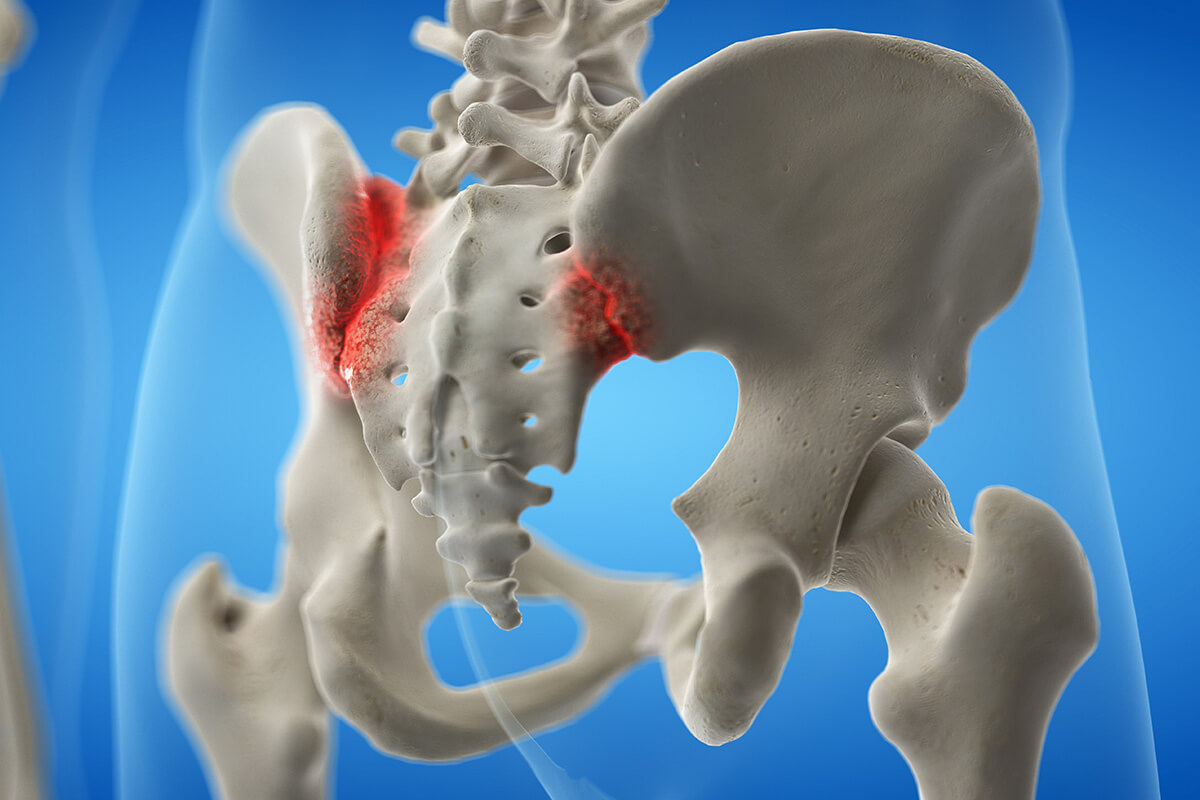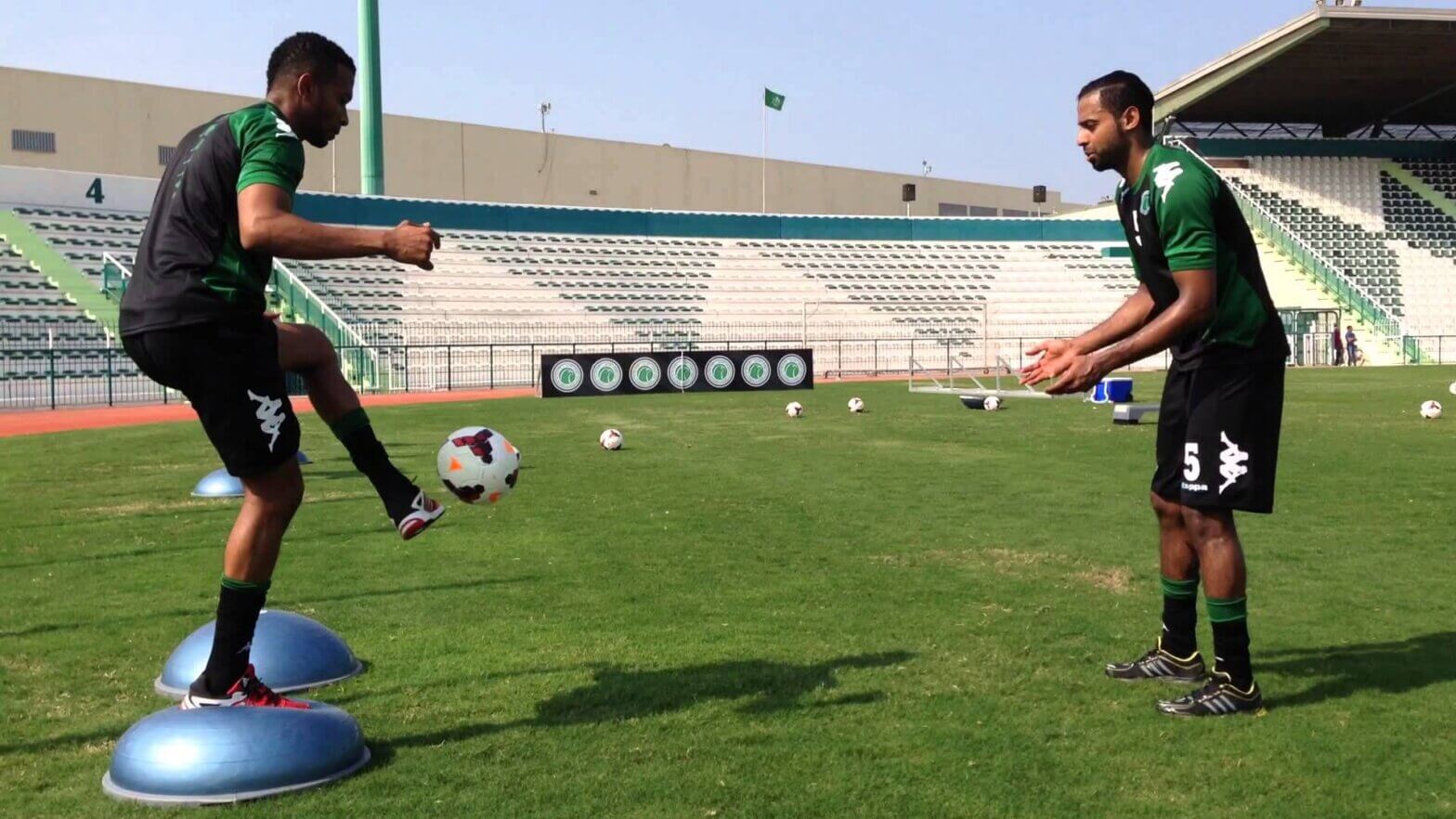Do you feel pain in your back when you stand up from a chair? Are you taking uneven strides when you walk due to sacral discomfort?
Back pain can be difficult to diagnose due to many conditions that cause it such as herniated discs, muscle strains, arthritis, spinal stenosis. However, sacroiliac joint dysfunction makes up 15%-30% of patients with lower back pain and is commonly overlooked.
This article will go over the tests that a physical therapist will use to determine if your back pain is coming from your SacroIliac Joint or from your Lumbar Spine.
What is the SacroIliac Joint?
The sacroiliac (SI) joint is located in the pelvis. It links the iliac bone (pelvis) to the sacrum (lowest part of the spine above the tailbone). This joint transfers weight and forces between your upper body and legs and serves as a shock absorber for your body weight. It is an essential component for energy transfer between the legs and the torso.
Tests To Determine if Pain is Coming From the SI joint
- Gaenslen
- FABER / Patrick’s test
- Thigh Thrust / Femoral shear test
- ASIS Distraction
- Sacral compression
What Does Current Research Say About These Tests?
Three or more positive pain provocation SIJ tests have sensitivity and specificity of 91% and 78%, respectively (Laslett, 2008). In other words, if 3 or more of these tests recreate your pain, you can confirm that the pain is coming from SI joint dysfunction. Differentiating between SI joint dysfunction and lumbar spine issues is critical to establishing the proper plan of care.
If you believe that your low back pain is coming from SI joint dysfunction, physical therapy can help. Call Respire Physical Therapy today at 703-671-1871 or click here to schedule an evaluation with a Physical Therapist today. Get back to the activities you love without worrying about SI joint pain!
Source:
Laslett M. Evidence-based diagnosis and treatment of the painful sacroiliac joint. J Man Manip Ther. 2008;16(3):142-52. doi: 10.1179/jmt.2008.16.3.142. PMID: 19119403; PMCID: PMC2582421.
Tags: pt education, physical therapist, si joint awareness, choosept, si joint dysfunction, fallschurchva, ptworks, Physical Therapy, painfreeliving, Respire Physical Therapy, movementfreedom, Back pain



